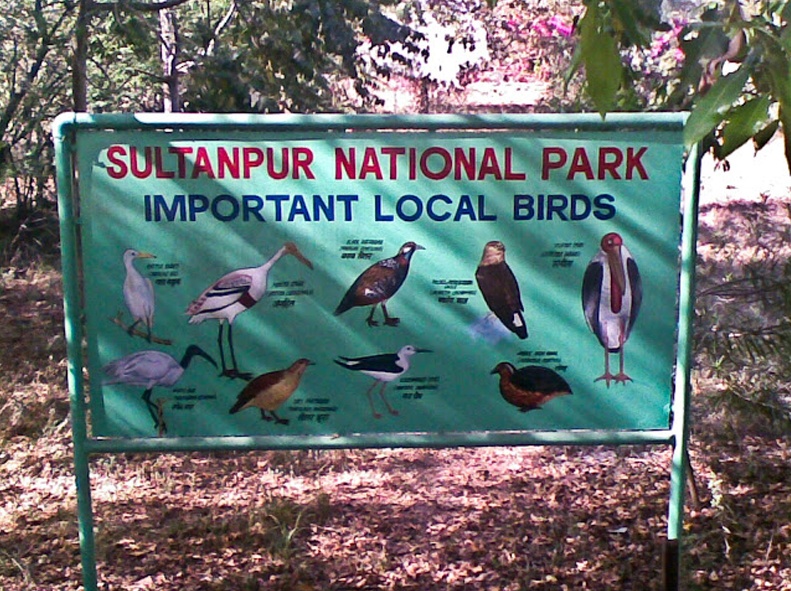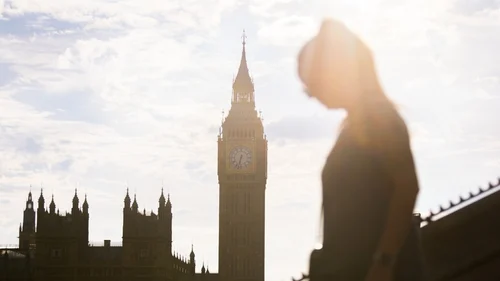Haryana: Sultanpur, Bhindawas get Ramsar sites tag

Chandigarh : Sultanpur National Park in Gurugram district and Bhindawas wildlife sanctuary in Jhajjar district have been recognized as wetlands of international importance under the Ramsar Convention.
Both these wetlands provide an ideal winter home for a number of feathered guests as they contain sufficient food in the form of fish, molluscs, gastropods, arthropods, hydrophytes besides being ideal resting and roosting places for avifauna.
Sharing details in this regard, an official spokesperson said that every year nearly 50,000 migratory birds belonging to over 100 species arrive at Sultanpur from various parts of the world mainly Eurasia in search of feeding grounds and to pass the winter.
In winter, the Sultanpur provides a picturesque panorama of migratory birds such as Sarus cranes, Demoiselle crane, northern pintail, northern shoveller, red-crested pochard, waders, gray lag goose, gadwall, Eurasian wigeon, black-tailed godwit etc, he added.
He said that Sultanpur is also home to a number of rare and endangered species of resident birds, including the common hoopoe, paddy-field pipit, purple sunbird, little cormorant, Indian cormorant, common spoonbill, grey francolin, black francolin, Indian roller, white-throated kingfisher, Indian spot-billed duck, painted stork, black-necked stork, white ibis, black-headed ibis, little egret, great egret, cattle egret, crested lark, red-vented bulbul, rose-ringed parakeet, red-wattled lapwing, shikra, Eurasian collared dove, red collared dove, laughing dove, spotted owlet, rock pigeon, magpie robin, greater coucal, weaver bird, bank mynah, common mynah and Asian green bee-eater. Red-naped, glossy and black ibis also add to the beauty of Sultanpur.
He informed that Bhindawas Wildlife Sanctuary is a freshwater wetland, also the largest in Haryana. More than 80 species of migratory and more than a hundred resident species have been recorded here. More than 40,000 migratory birds visit Bhindawas during winter.
Bar Headed Goose flocks here in large number. Other winter visitors include Gray Lag goose, Northern pintail, Eurasian teals, Northern shovellers, Red Crested Pochards, white-tailed eagle (very rare), snew, warblers, Lesser and greater white-fronted goose, Greater white pelicans etc, he added.






